Toyota Japan has unveiled the all-new Toyota Passo today, which is a compact car that is developed by its subsidiary, Daihatsu. Looks familiar, doesn’t it? If thoughts of the Perodua Myvi or Daihatsu Boon creep into your mind, you’re not that far off.
Any who, the Japanese-market Passo is available in two grades – X and Moda. Prices start at 1,150,200 yen (RM41,380) mark for the base X model, and goes all the way up to 1,830,600 yen (RM65,860) for the top-of-the-line Moda G Package.
According to Toyota, the “nameplate’s renowned manoeuvrability and compact size have been maintained.” Put into numerical terms, the Passo measures 1,665 mm wide, 1,525 mm tall and has a wheelbase of 2,490 mm. The latter has been extended by 50 mm when compared to the current Myvi (2,450 mm). Depending on variant, the car’s length is either 3,650 mm (X) or 3,660 mm (Moda) long.
Toyota say that the Passo features an improved lightweight, high-rigidity body that rides on an enhanced suspension setup to provide a more stable, secure and comfortable driving experience. The car’s turning radius is measured at 9.2 m in diameter.
Moving on to the looks, the Passo X gains a larger, squarish grille, flanked by more angular headlamps, while the bumper itself now features circular fog lamps. By comparision, the Passo Moda gets a softer look, with rounded headlamps, grille and fog lamp enclosures, all featuring a satin surround. A different bumper and hood can be seen as well.
Viewing the cars from the side, both variants look nigh identical. While the familiar shape is retained, the Passo now gets a blacked-out element on the C-pillar, extending from the rear door to the back window. As a result, the car’s tail lamps have been pushed downwards, now extending partially into the rear liftgate. The radio antenna is also positioned to the right of the car interestingly.
As for the insides, the cabin receives a significant overhaul. It appears almost Alza-like, where there is no centre console that separates the driver from the front passenger. This provides a more spacious interior, which Toyota claims also includes an increase in rear legroom by 75 mm.
Interior features here include a digital air-con control unit, TFT single-colour trip computer display, a spot for what should be a double-DIN infotainment system, push-start button, all-round electric windows and 60:40 split folding rear seats.
Under the hood, the Passo is equipped with a 1.0 litre 1KR-FE three-cylinder petrol engine, providing 69 PS at 6,000 rpm and 92 Nm at 4,400 rpm. A CVT is the only transmission mated to the engine, with front- and all-wheel drive available as options. Under the JC08 test cycle, the FWD Passo managed to hit 28 km/L while the AWD Passo managed 24.4 km/L.
Safety kit here includes Daihatsu’s Smart Assist II collision avoidance assist system that includes five functions – collision warning, collision avoidance brake assist, false start control, line deviation warning and a function that notifies the driver that the vehicle ahead has started moving forward.
Should the next-gen Myvi be based on this new Passo (or Daihatsu Boon for that matter), it would certainly be in line with a recent report, where national automakers are expected to adopt autonomous emergency braking (AEB) and lane-keeping active safety systems as standard by the year 2020.
GALLERY: 2016 Toyota Passo
Looking to sell your car? Sell it with Carro.

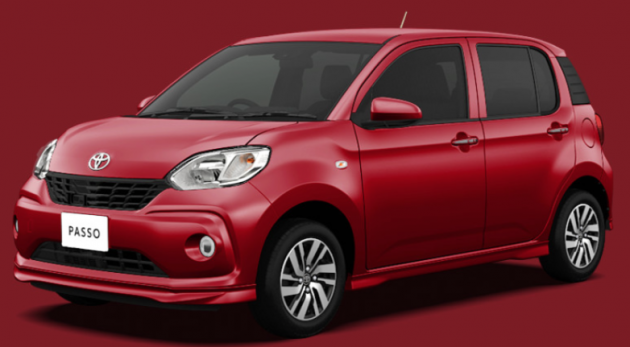


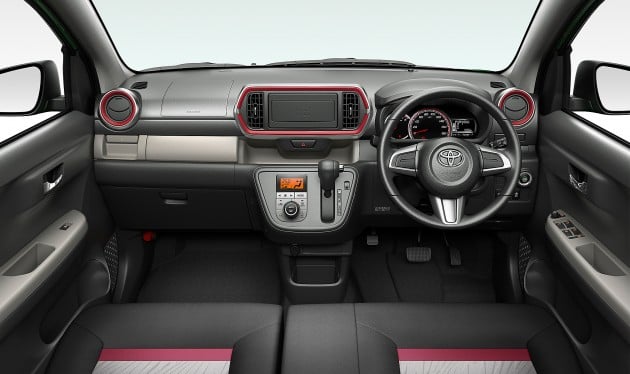

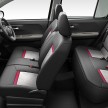
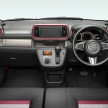
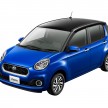
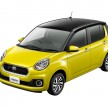
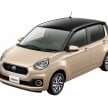
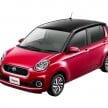
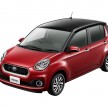

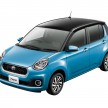
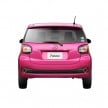

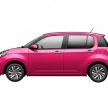
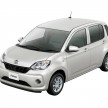
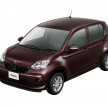
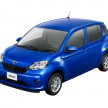
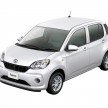
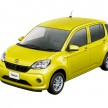
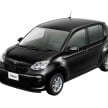
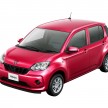
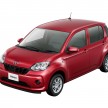
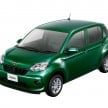
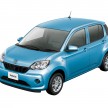
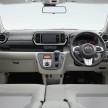
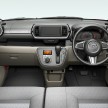
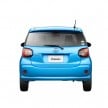
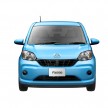

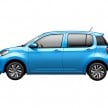




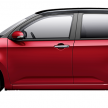
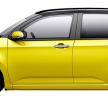
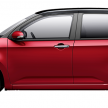


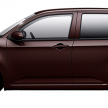
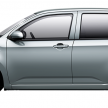














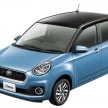


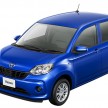
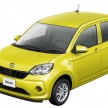




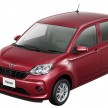


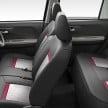
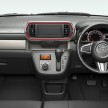
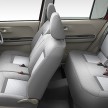
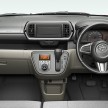
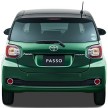


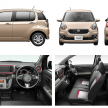
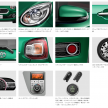
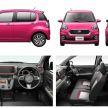
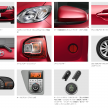
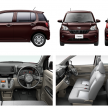
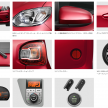
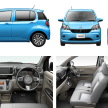
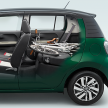
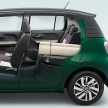
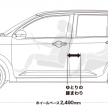
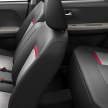
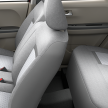
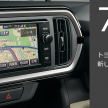
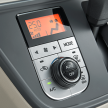
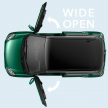
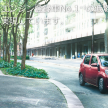
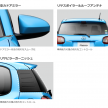
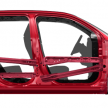
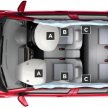



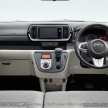
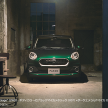
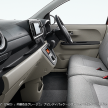






























AI-generated Summary ✨
Comments express mixed opinions on the new Toyota Passo and Perodua Myvi. Many are skeptical about the design, comparing it to tissue boxes or deeming it bland, while others praise Toyota for the styling or laugh at the rebadging. Concerns about quality, safety, and features like CVT are prevalent, with some highlighting the Myvi's reputation as a city car and others criticizing its performance and safety features. There is mention of the potential market appeal, with some fans excited about the new models, while others focus on the possible downgrade in build quality. Overall, opinions range from skeptical to enthusiastic, but several comments question the design and features relative to previous models and competitors.